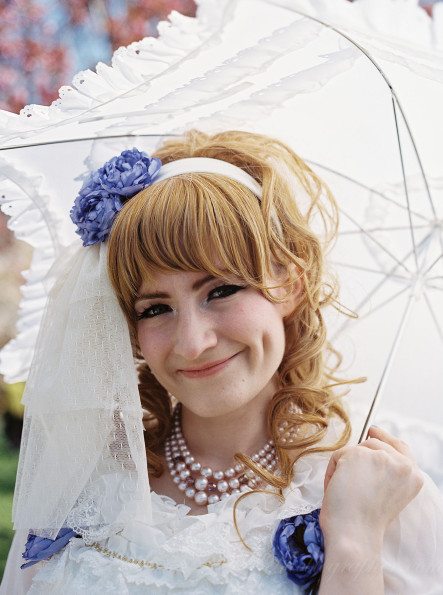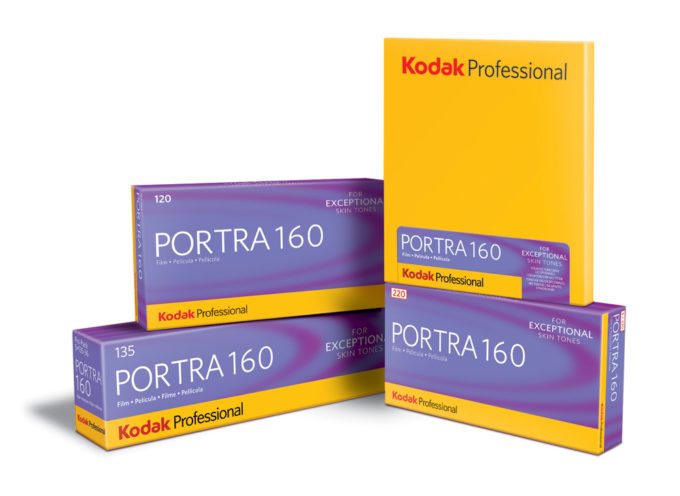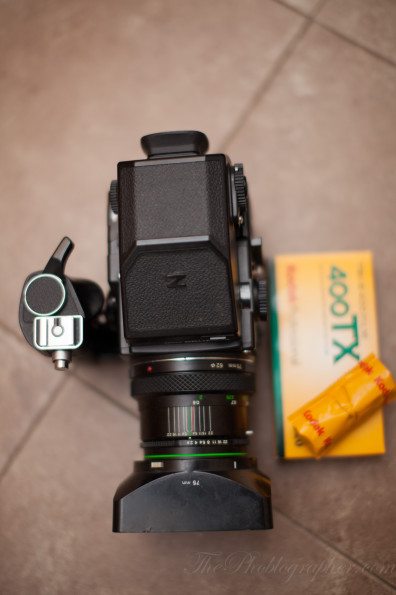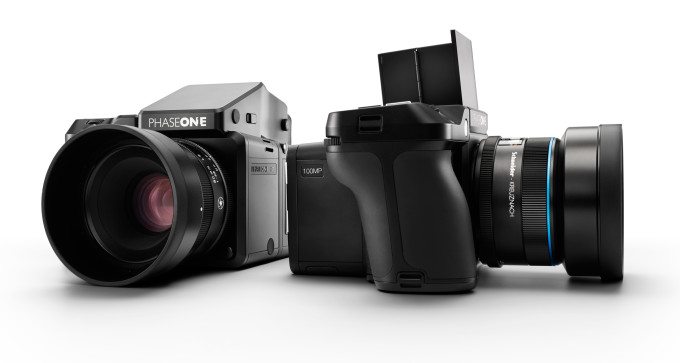Last Updated on 01/04/2016 by Chris Gampat
With today’s announcement of the new Phase One camera system with 100MP, we also saw the price of $48,990. Quite the price, huh? That’s more than some folks make in a year.
645 format sensors have obviously become much better over the years, but what I was really curious about is how that will compare to film’s pricing. As we all know, 645 medium format film cameras can be had for pretty cheap. Then after that you need to shoot film, and consider the costs associated with it all.
But just how much can you get for $48,990?
So let’s take a look at all this. We’re going to say that you’ve got a 645 medium format camera already. If you don’t, then you can spend a few hundred for a really good Bronica ETRs, pay hundreds for a Mamiya or Hasselblad, or get something as coveted as a Contax 645 with the glorious Zeiss lenses that it used and splurge nearly $2,000 for a body, lens, back and metered prism.
120 film can be shot a variety of ways: 645, 6×6, 6×7; but for this analysis we’re sticking to 645. It’s only fair since the Phase One and Sony sensor is a 645 format.
So now that that’s out of the way, let’s look at a good scanner. The Canon Canoscan 9000F Mk II is usually $199.99 on Amazon. So that’s pretty much $200 right there. We’re choosing to scan ourselves as a long term cost saving measure.
Now what about film? B&H Photo lists a five pack of Kodak Portra 120 for $29.95. Of course, you’re locked into a single ISO but Portra is versatile and it can be pushed or pulled an excess of over two stops. I’ve done it–and I’m surprised at how well it held up.
Right there, that’s five rolls. Each roll of 120 film shoots around 12 645 film photo shots. Sometimes you can get more, but the general accepted value is 12.
So now that you’ve shot the film, we’ve got processing to do. This is normal C-41 processing. Unfortunately, it seems that Costco, Walgreens and WalMart don’t develop 120 film anymore. For arguments sake, I’m picking the best bang for your buck labs that I’ve used in NYC over the years.

Color Resource Center: $6.40 a roll x 5 for the Portra pack is $32 + $29.95 = $61.95
Lomography: $16 a roll x 5 for the Portra pack is $80 + $29.95 = $109.95
Bushwick Community Darkroom: $6 a roll x 5 for the Portra pack is $30 + $29.95 = $59.95
Gowanus Darkroom: $8 a roll x 5 for the Portra pack is $40 + $29.95 = $69.95
The best deal is Bushwick Community Darkroom, so let’s consider the pricing now. To be fair though, my personal favorites based on quality are Color Resource Center and Gowanus Darkroom. CRC is the one I’ve used the most.
$48,990 (price of the 100MP back) – $199.95 (Canon Scanner) = $48,790.05.
To find out how many packs and developments we can get, we have to divide that by $59.95; that comes out to 813.84. For arguments and simplicity’s sake, we’re going to make that a solid 813. Now to see how many shots that will give us, you’ve got to multiply 813 x 12 = 9,756.
With 35mm film or digital, that’s a pretty simple and easy number to get to, but this is medium format and film; so you’re most likely going to be a heck of a lot more careful, precise, and deliberate. It’s really tough for someone to get to that number when they’re shooting landscapes, portraits, advertising, etc. and shooting medium format.
Of course, you’re not getting a bunch of digital’s benefits:
- Multiple ISO settings
- Digital previews
- Scanning pretty much done for you because of the RAW file format, giving you the digital negative. However, TIFF scans can be quite versatile.
- Much less space being used to store the film.
That’s one I almost forgot! Not only will you need the film, you’ll need a freezer to store it all or you can buy it in small batches for a while. Considering the prices of all this, it’s probably more advantageous to shoot at a larger format like 6×6 square format or 6×7.
So is it worth the money? Honestly, that’s up to you to decide because every one is an individual case, but considering that this is 645 medium format and keeping in mind all the methodologies that go into it, that’s the only way that you can make a fair decision.
Editor’s Note: thanks to the readers who caught my math being off.
1) $48,990 less $2,000 scanner = $46,990 for film (which is true, a better scanner is lots of money)
2) $46,990 divided by $59.95/pack of film = 783.8 packs of film
3) 783.8 packs of film multiplied by 60 shots per pack = 47,029 shots
To the folks who say that you get 15 shots per roll of 120 film, I’ve honestly never heard that. My Bronica ETRS only does up to 14 max, and I’ve never yielded 15 or 16 shots per roll.
Even so, I still stick to my statement that for the money involved with developing, you’re still probably better off shooting 6×6 or 6×7 and still getting more bang for your buck.




